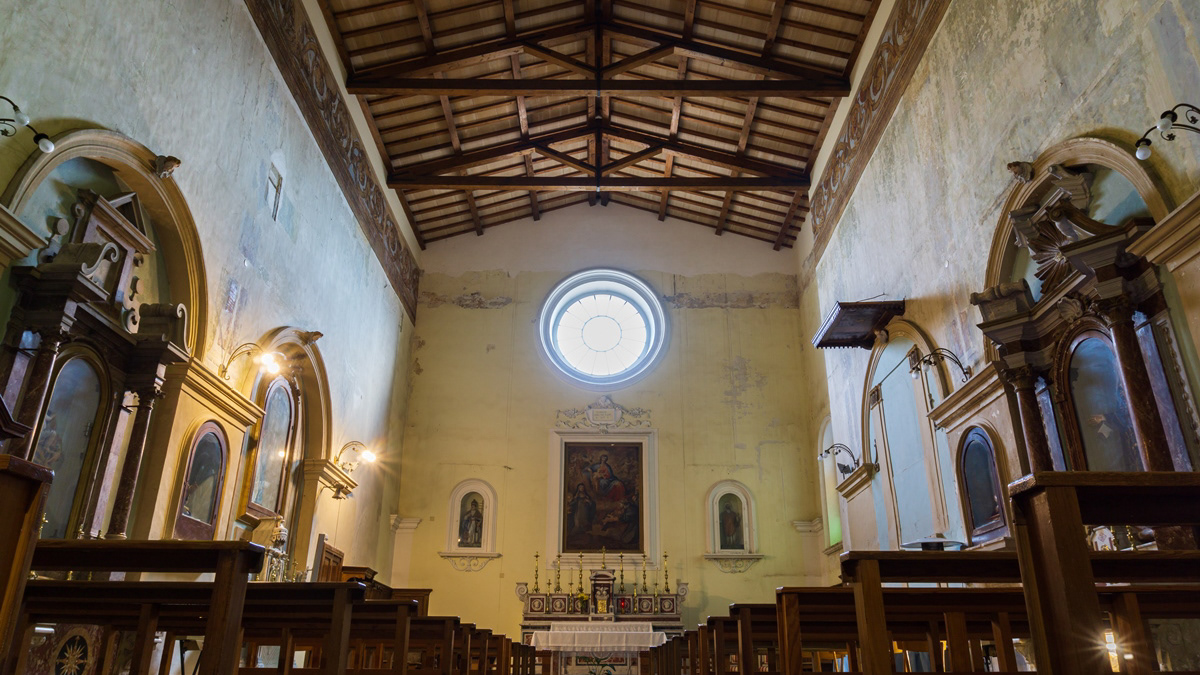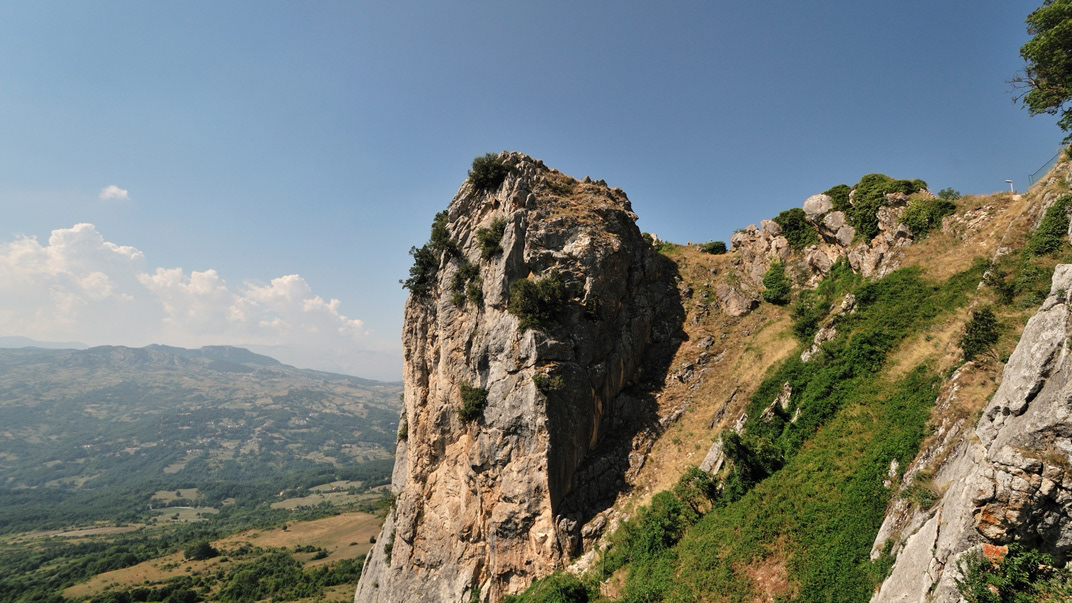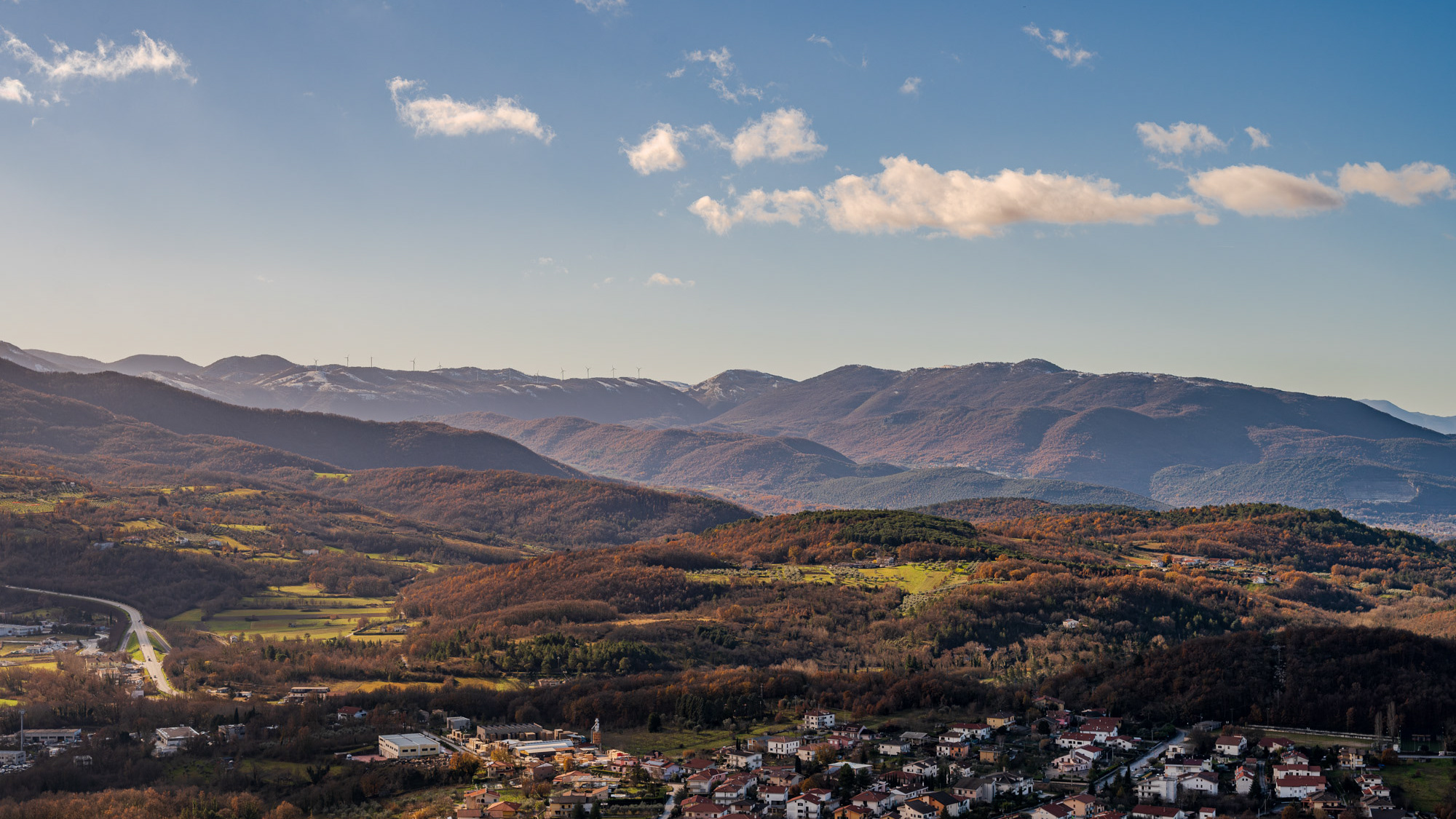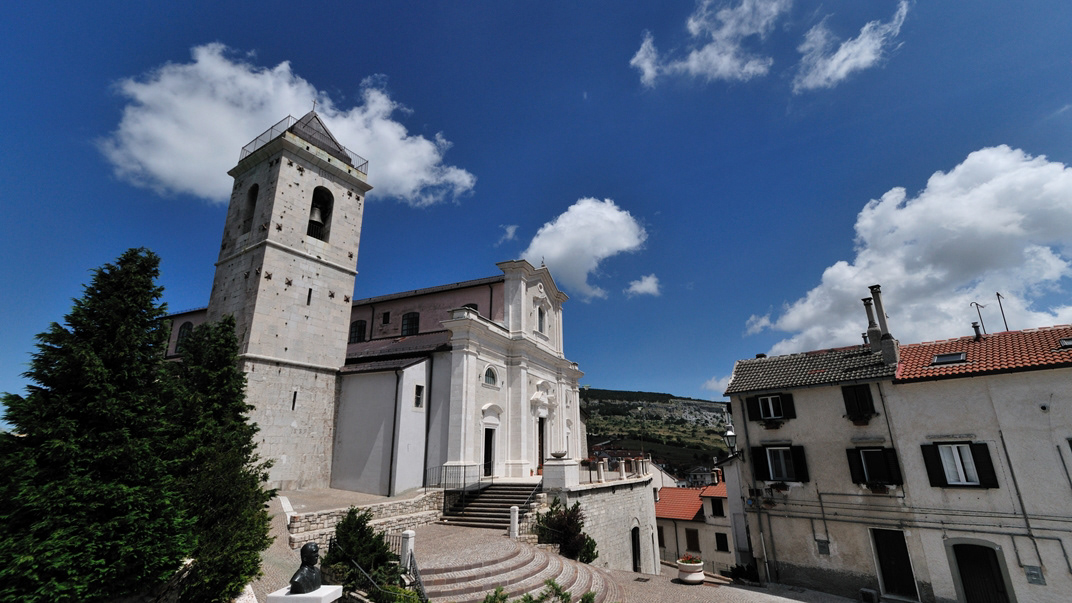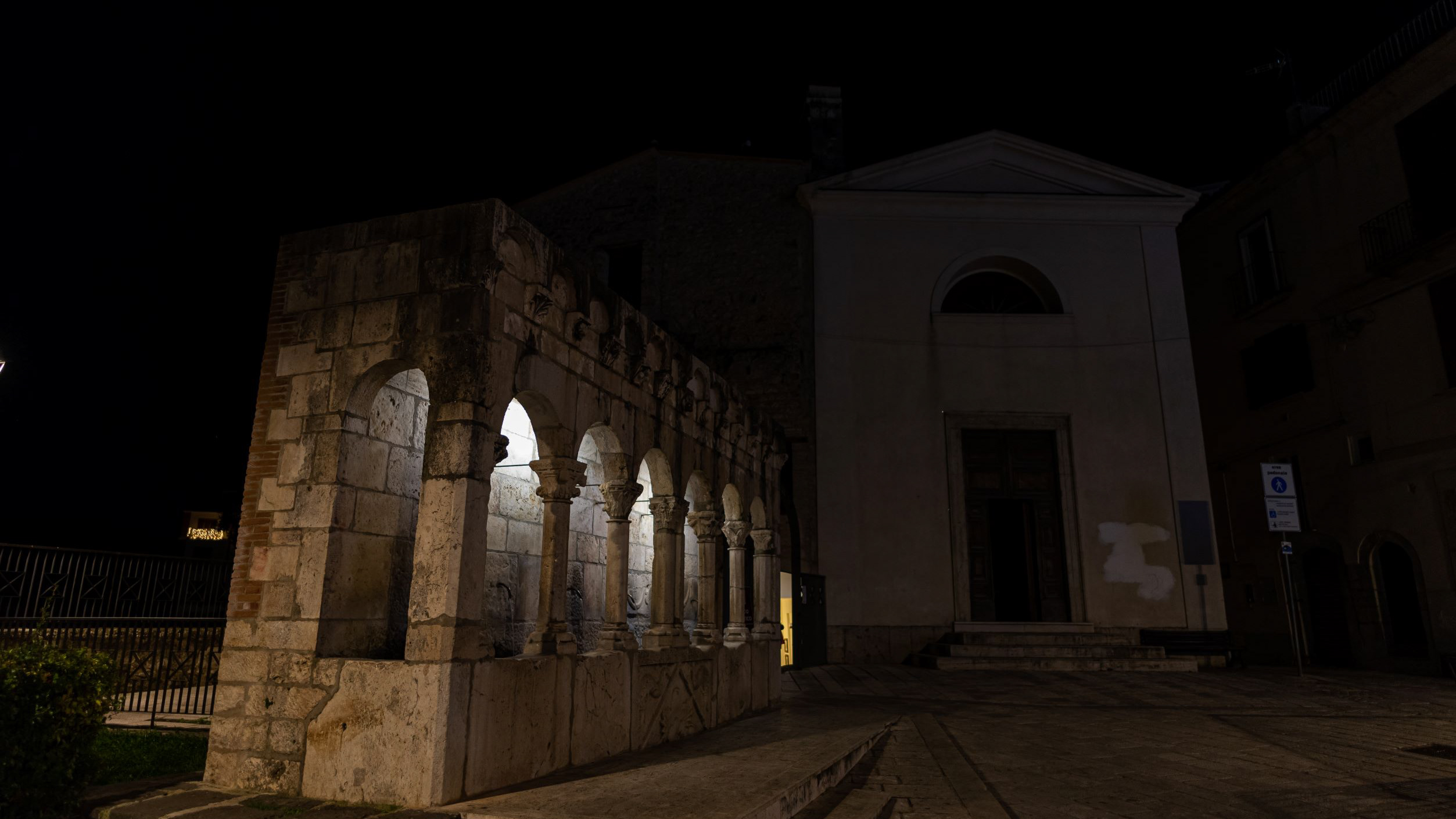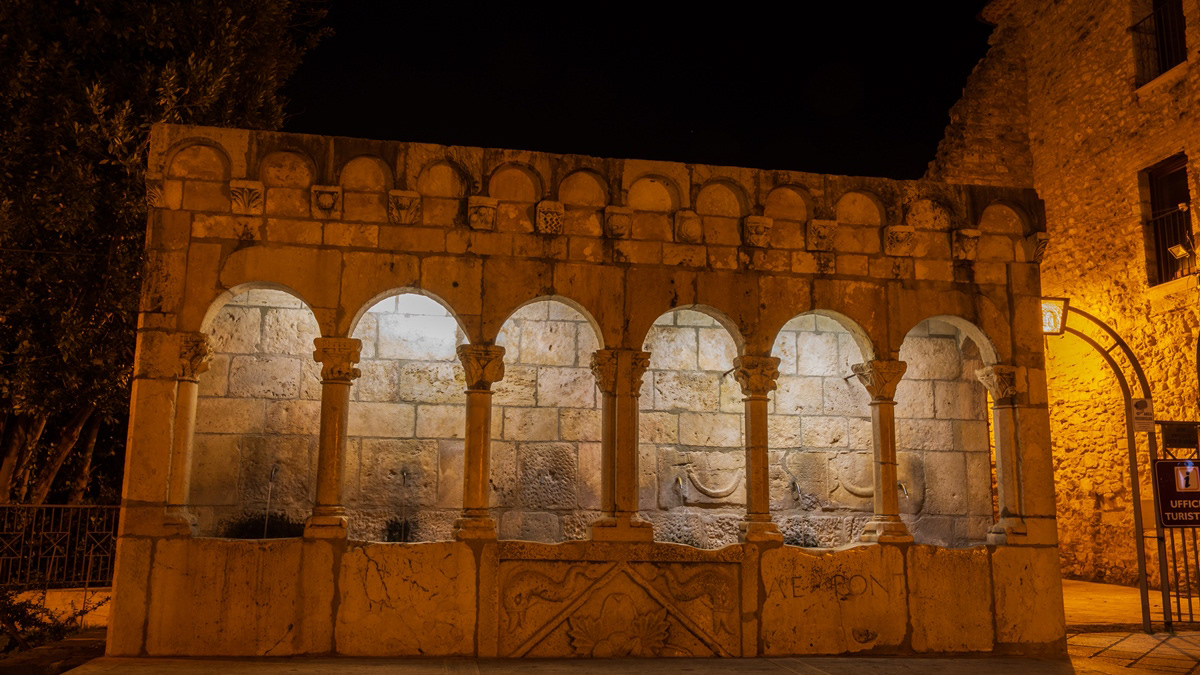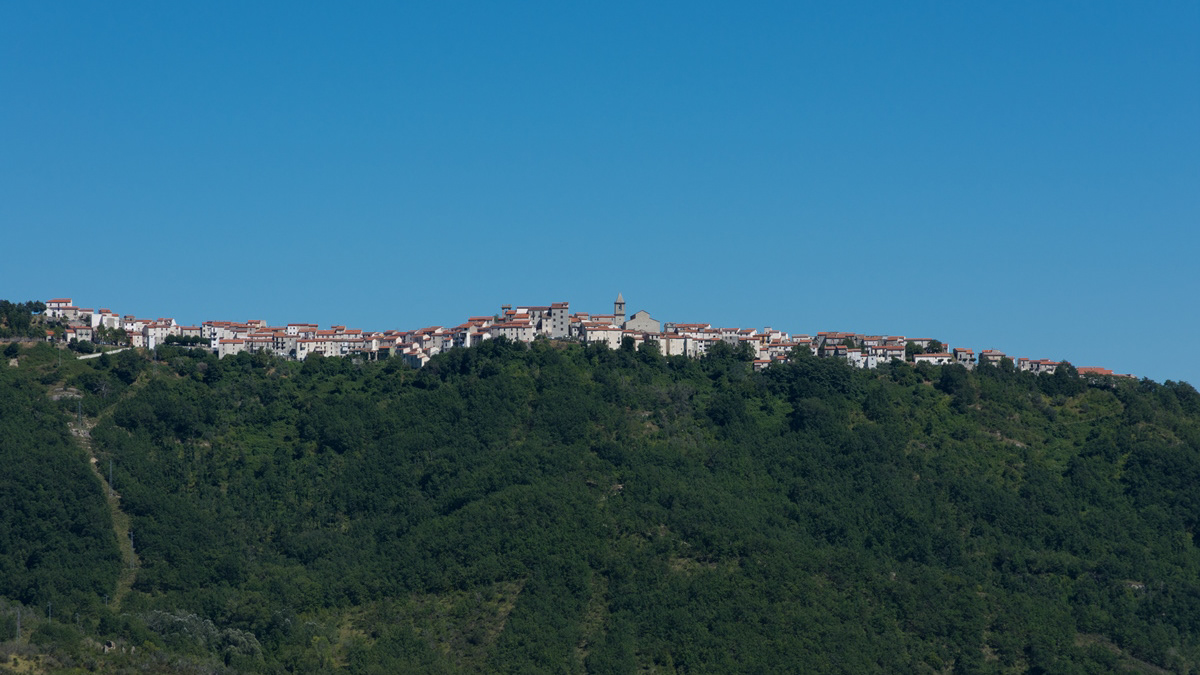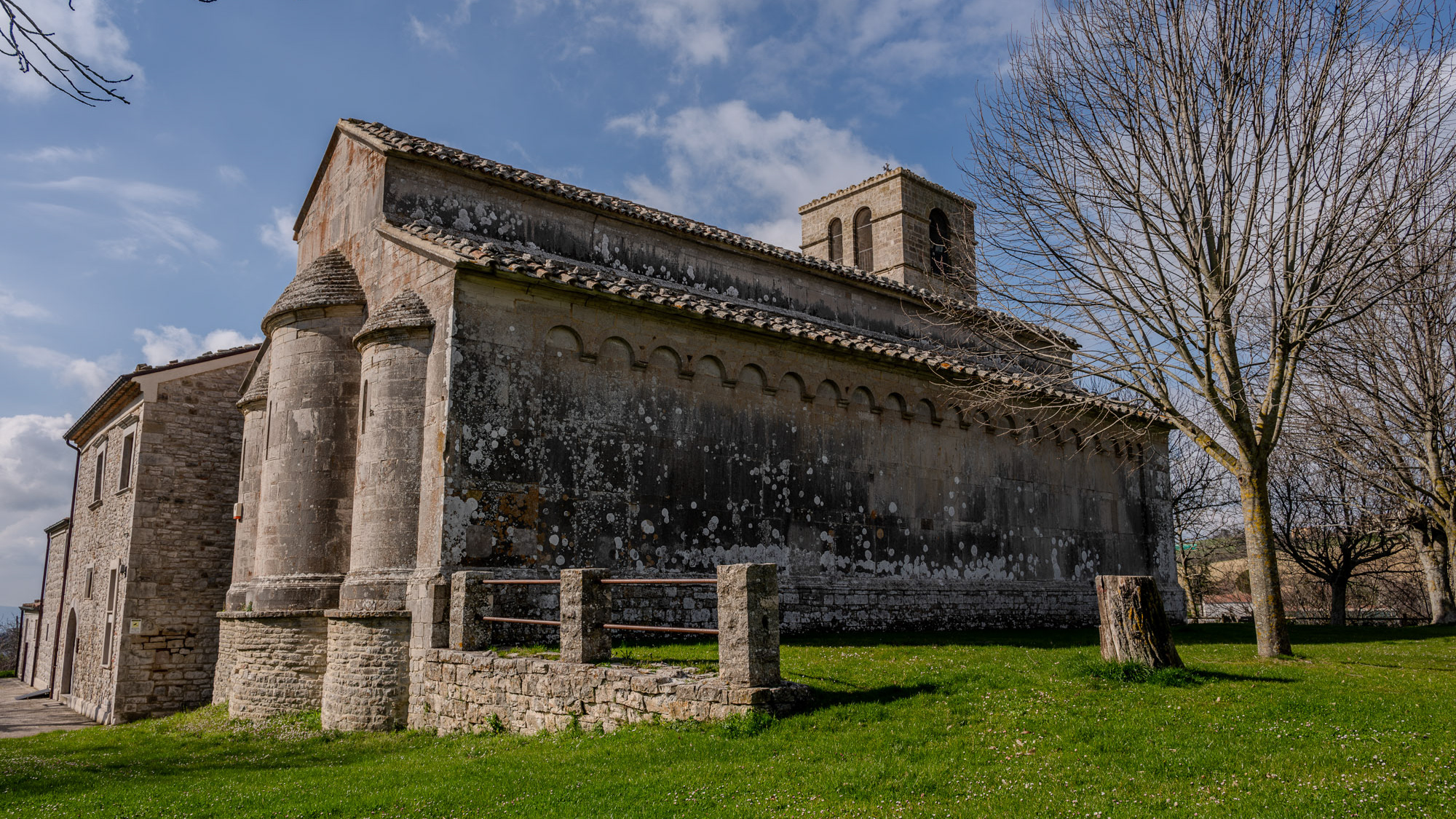Miranda (IS)
Miranda è un comune italiano di 1.022 abitanti della provincia di Isernia in Molise. Un primo insediamento umano nell'area dell'attuale comune è da far risalire probabilmente all'XI secolo, come testimonia la facies normanna del castello che si erge sul promontorio prece, di cui tuttavia sopravvivono pochi elementi architettonici. Attorno ad esso si struttura il nucleo originario del paese, inframezzato da vari muraglioni che individuano i successivi strati abitativi costruiti a partire dalla fortezza primaria. Le scarne documentazioni relative al feudo di Miranda testimoniano un fitto passaggio di proprietà tra varie famiglie nobili, tra cui i partenopei Di Somma, il cui stemma familiare costituito da due torri erte su fondo marino è ancora oggi il simbolo ufficiale del comune.
You may also like
